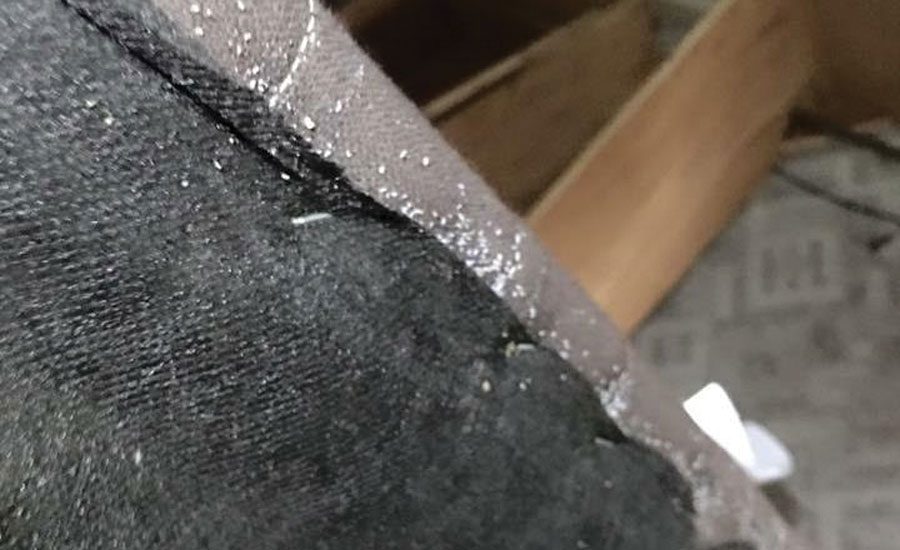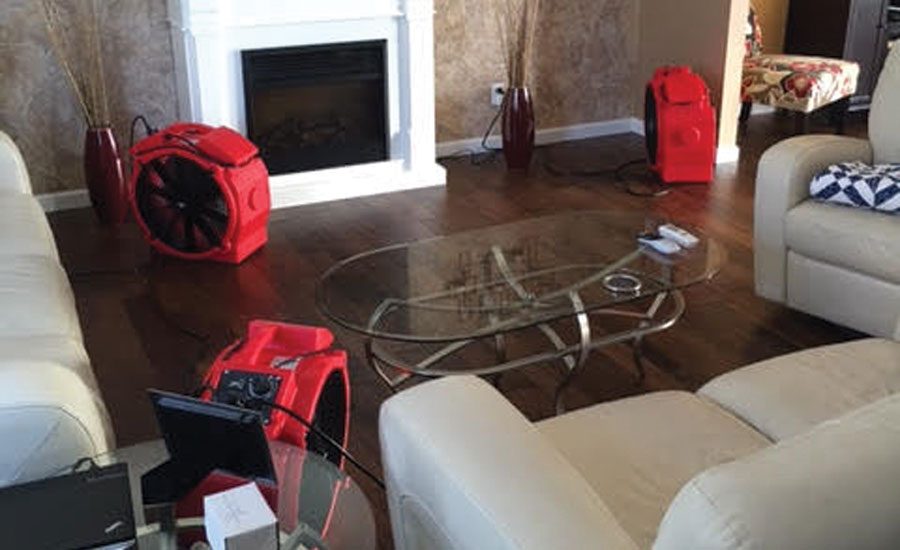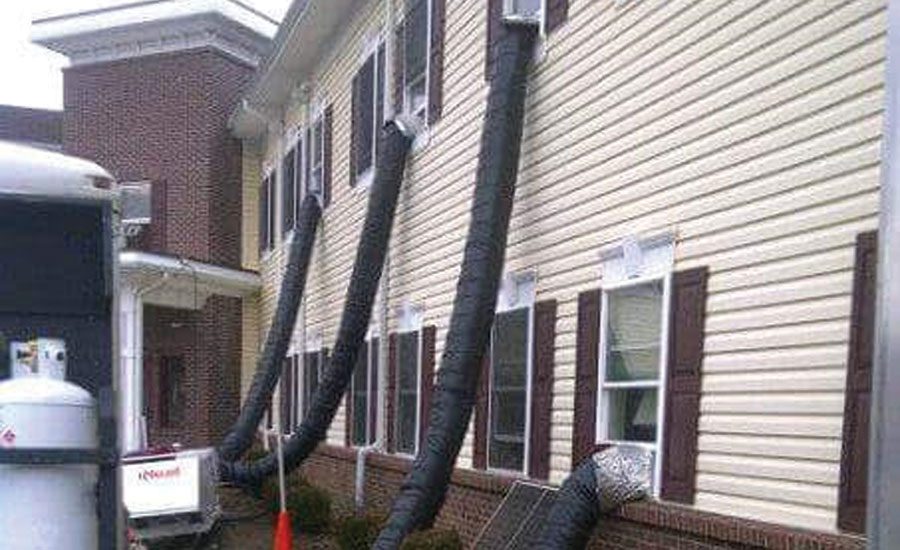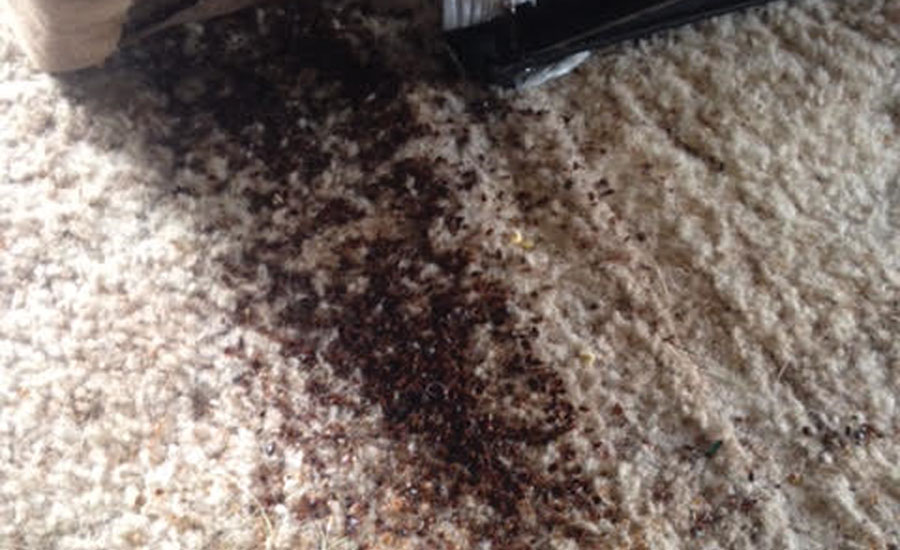A Restorer's Guide to Adding Bed Bug Remediation Services


The remains of hundreds of dead bed bugs after a heat treatment.

See the white specks? Those are bed bug eggs on the bottom of this box spring.

This entire four-family apartment building had to be treated for bed bugs.

Equipment to kill bed bugs is set up very similar to how it would be used in a water loss.

Talk about a massive bed bug infestation, the entire wing of this apartment community needed to be heat-treated for bed bugs.






I’ve worked with many individuals and organizations who are interested in adding services to tackle the ever-present and pervasive bed bug issues that continue to plague many property owners across the United States. As a former restorer and current bed bug service provider/trainer, I believe restoration and remediation professionals are an excellent fit to tackle this surging $600 million industry. I would like to explore both the benefits of adding this offering, followed by the considerations when trying to implement a bed bug service program.
Benefits
Existing Resources Can Be Redistributed
Bed bug treatments are an excellent crossover for restorers because of the tools, equipment, and type and personnel required are parallel to what the restorer already possesses. The start-up costs can be significantly reduced as a result.
For example, the air movers you have on the shelf can be used to distribute heat in a bed bug treatment, or the box truck or trailer you use as service vehicles can be used to transport the same equipment you would use in a water restoration project. In addition, there are a number of transferable skills technicians can use when performing bed bug treatments.
Planned Work vs. Emergency Response
Emergency response comes with the territory for the restorer, and is a necessary evil to sustain and support an emergency response business. Bed bug remediation work is generally conducted Monday through Friday, 8 a.m.-5 p.m., making it very appealing to both owners and employees.
Revenue Expectations
Since bed bug remediation is a niche service, it commands a higher price. A provider can expect anywhere from $80 per labor hour on the low side, to $250 per labor hour on the high side. Expenses must be figured into the project since they are not reimbursable by insurance. To sweeten the pot, a very high percentage of treatments are paid in full at the start of treatment. In bed bug remediation, you don’t have to justify your bill to an adjuster or TPA, or wait months to get paid.
Implementation
Now that we’ve established the positives of adding a bed bug service line, let’s get down to the logistics. I am a strong proponent of the use of heat to kill bed bugs. Bottom line, I use it every project. If you don’t possess a heater, I strongly recommend that you get one. The type of heater(s) you choose will be contingent on your target market. If you service high rises, electric heaters would be a better fit. If you want to target a residential market, larger gas-fired heaters may be a more suitable choice.
Sales and Marketing
No business can exist without a good sales and marketing plan. If you have an existing client base you can market to, you can leverage your contacts to introduce your new service line. Residential, healthcare, and multi-family residential are the lowest hanging fruit to target. I personally have found the highest level of success utilizing Pay-Per-Click(PPC) advertising to quickly generate sales with solid returns, combined with search engine optimization. Other forms of marketing that bed bug service providers use are television, radio, apartment association shows, home health shows, and first responder education programs.
Employee Selection/Training
Being a successful bed bug service provider requires detail plus solid, teachable, repeatable processes. The people you hire or assign should be accustomed to staying in the same place for 6-10 hours at a given time. Fire and mold technicians would be a good fit due to the required attention to detail and monotony of the work. Trying to take a person who has a job history of moving place to place throughout a day probably won’t be a good fit. I have had high turnover rates with people such as delivery drivers or route-based technicians. They gravitate to these positions because they enjoy the autonomy, and generally prefer to be mobile throughout the day.
Training your employees is key. Although the treatments are very similar to the drying process, there are a number of intricacies that must be addressed to ensure projects are delivered safely. Technicians must know the bug they are attempting to eliminate. Customer service staff will also need to be trained to handle the call process, while weeding out potentially bad customers.
Licensing/Insurance
Some states don’t require licensing if you opt to perform heat treatments without the application of chemicals. Language can be vague, and depending on who you speak with at your state’s department of agriculture, you may be asked to apply for a license. If you decide to use chemicals in conjunction with your treatment process, you will need to acquire all applicable licensing to be compliant. An additional pitfall for start-ups is your state may require previous supervised experience in pest control before being allowed to test for a license. I tell my restoration clients if you can pass an IICRC/RIA test, you can pass a commercial pest applicators test.
Obtaining insurance for bed bugs requires a discussion with your agent or broker. Insurance is more readily available if bed bug remediation services will comprise less than 25 percent of your total annual revenue for your organization. If you decide to start-up a separate business, obtaining insurance is a far more involved process.
Adding bed bug service work can be very lucrative. It can help your company achieve growth goals, fill work gaps, and serve as a path of least resistance to get your foot in the door to offer your other services. Make no mistake, it comes with its own set of challenges. If it was easy, everybody would do it. With good planning, evaluation, and service delivery, it can be a welcomed shot in the arm to your organization.
Looking for a reprint of this article?
From high-res PDFs to custom plaques, order your copy today!














